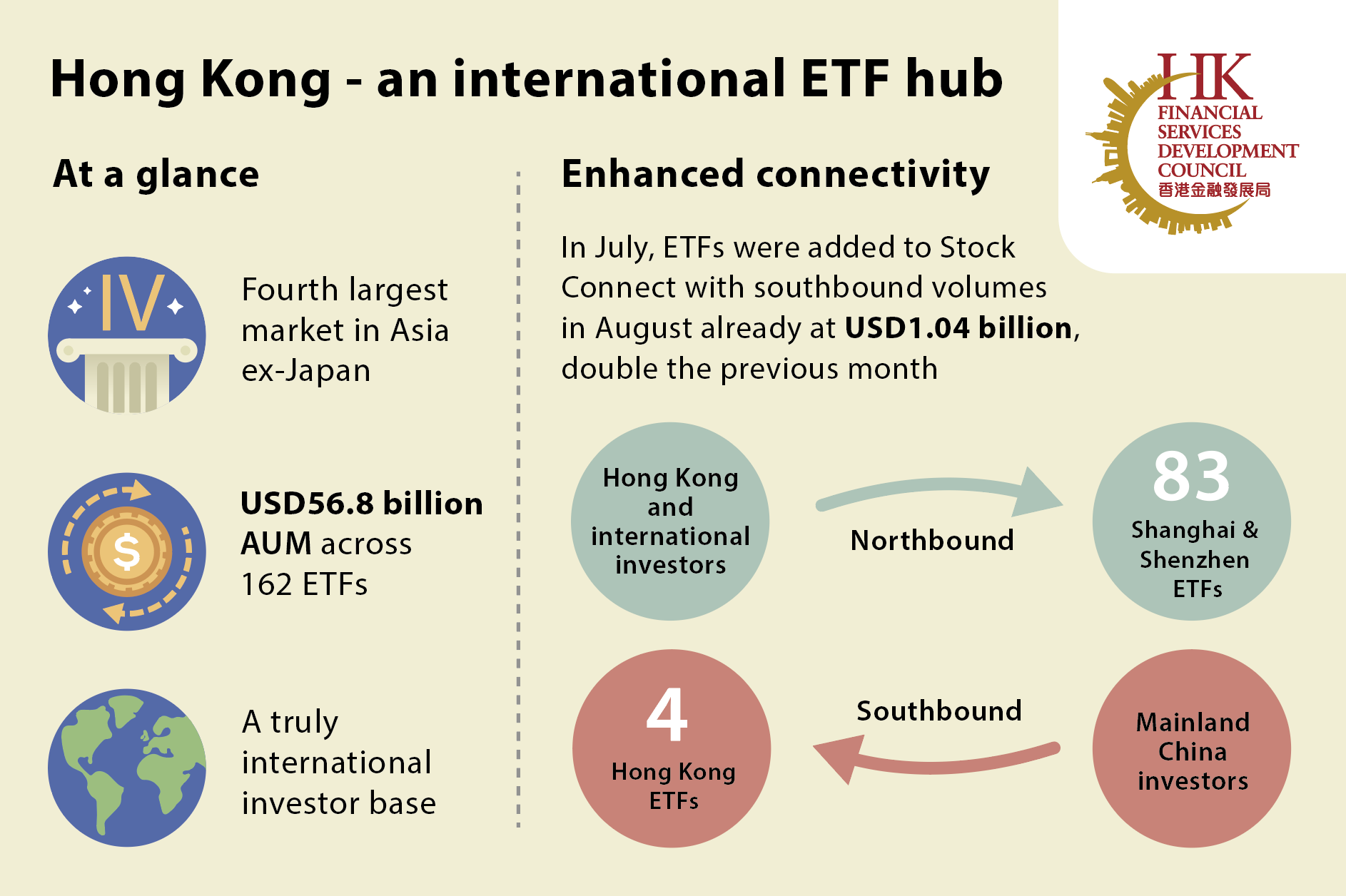Friends, let’s talk ETFs. Because frankly, the numbers are staggering. The Chinese ETF market has officially smashed through the ¥4 trillion AUM milestone, and get this – we’ve seen over ¥300 billion flood into these funds in just one month. That’s not a trickle, folks, that’s a tidal wave of capital!

Data shows a combined net inflow of ¥3005.28 billion across 1143 tradable, non-currency ETFs. Broad-based index trackers are the clear winners. The usual suspects – the large-cap darlings – are pulling in the bulk of the cash.
Let’s break down what’s really happening.
Firstly, ETFs offer instant diversification. Forget stock picking headaches; with a single ETF, you gain exposure to hundreds of companies. It’s simplicity at its finest.
Secondly, low cost is a huge draw. Compared to actively managed funds, ETF expense ratios are typically significantly lower, meaning more of your returns stay with you.
Thirdly, liquidity, liquidity, liquidity! ETFs trade like stocks, allowing you to buy and sell throughout the trading day with ease.
Specifically, Hua Tai Berrie’s CSI 300 ETF, China Asset Management’s CSI 300 ETF, E Fund’s CSI 300 ETF, and Harvest Fund’s CSI 300 ETF have each seen inflows exceeding ¥20 billion, registering ¥453.78 billion, ¥353.95 billion, ¥320.29 billion, and ¥202.76 billion respectively. Hua Xia Shanghai 50 ETF, Southern CSI 500 ETF, and Southern CSI 1000 ETF also enjoyed inflows exceeding ¥10 billion. Southern CSI 1000 ETF and Hua Xia CSI 1000 ETF saw inflows above ¥8 billion.
But it’s not just the big indexes. Commodity ETFs, particularly gold, and sector-specific ETFs – think Hong Kong tech via the Stock Connect – are also experiencing strong inflows. Investors are clearly seeking both stability and targeted exposure.
This isn’t just a trend, it’s a potential paradigm shift. Keep a close eye on these figures – they tell us a lot about where smart money is going. Don’t get left behind!





